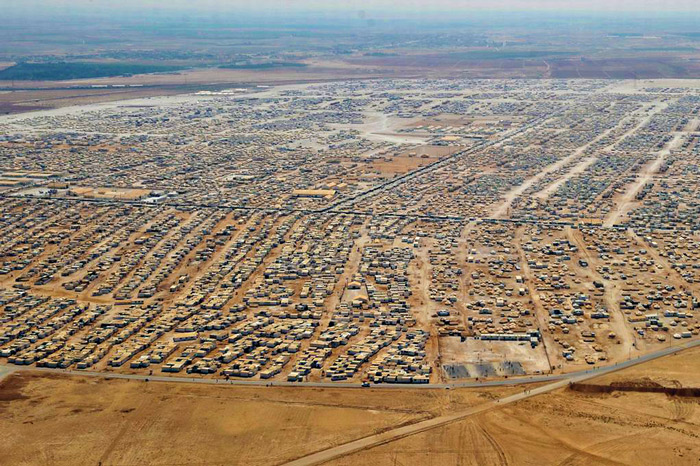Losers
Jan 5, 2011
 Militarily speaking, the Greek War for Independence from the Ottoman Turks went pretty badly for the Greeks throughout the 1820s. Their first leader, the heroic Alexander Ypsilanti, died in battle almost immediately; his successors were provincial military strongmen who squabbled with one another and could not sustain focus on the overall goal. Even when Greek warriors succeeded in wresting a town or an island from the Turks, they often failed to hold onto it for long, as ships belonging to the Ottoman ally Egypt patrolled the sea and starved out the Greek "victors."
Militarily speaking, the Greek War for Independence from the Ottoman Turks went pretty badly for the Greeks throughout the 1820s. Their first leader, the heroic Alexander Ypsilanti, died in battle almost immediately; his successors were provincial military strongmen who squabbled with one another and could not sustain focus on the overall goal. Even when Greek warriors succeeded in wresting a town or an island from the Turks, they often failed to hold onto it for long, as ships belonging to the Ottoman ally Egypt patrolled the sea and starved out the Greek "victors."
But in the non-military propaganda war, which is what we see here in this 1826 painting by the Belgian-French artist Henri Decaisne, Greece performed magnificently. The philohellenism then fashionable in England, France, and Germany--the worship of all cultural things Greek--kept the war in the Western spotlight and provided the rebels with financial support, Romantic young volunteers, and ultimately military rescue and a Western-imposed peace settlement.
The British navy routed the Turks and Egyptians. Greek armies followed up on the naval victory with another round of attacks on the Turkish-held cities. Finally, in 1830, the crumbling Ottoman regime in Constantinople was forced to accept Western terms for Greek independence.
Decaisne called this painting, "Failed Military Operation."

